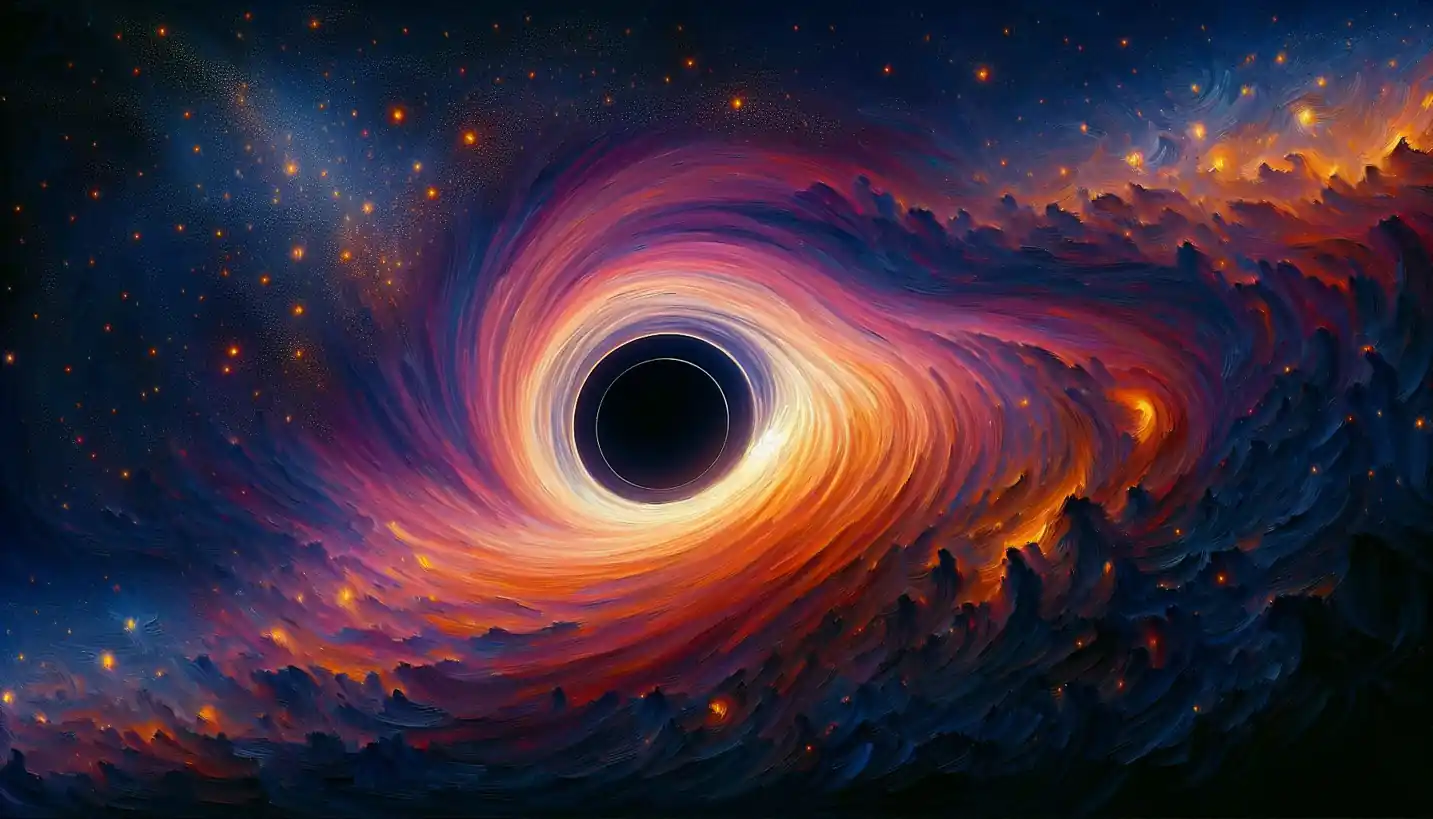· Astronomy · 4 min read
Exploring the Heliopause: The Boundary Between Solar Winds and Interstellar Space
The heliopause marks the boundary where solar winds meet interstellar space. Learn about this invisible frontier that defines our solar bubble.

It’s amazing, isn’t it, to think about where our solar system ends and what lies beyond? The heliopause is that fascinating boundary where the influence of our Sun starts to fade, and the vast expanse of interstellar space begins.
What Exactly is the Heliopause?
The heliopause is like the final frontier of our solar system. Imagine blowing up a balloon. The air filling the balloon represents the solar wind, a stream of charged particles coming from the Sun. The balloon’s surface is the heliopause. Inside, the solar wind is dominant, but outside, the material from other stars and galaxies takes over.
Solar Winds and Their Journey
Solar winds are constantly streaming out from our Sun, carrying with them magnetic fields and energetic particles. These winds shape the heliosphere, an area enveloping our solar system. When these winds rush outwards and collide with the denser material of the interstellar medium, they gradually slow down and create a boundary – that’s our heliopause.
Picture a freeway meeting a traffic jam. Cars, like solar winds, move quickly until they hit congestion, slowing down and creating a boundary. Similarly, solar winds are dominant until they meet interstellar space.
The Voyager Missions: Reaching the Edge
NASA’s Voyager 1 and Voyager 2 spacecraft have been our eyes in this journey. Launched in 1977, these probes have traveled beyond the planets and made it to the heliopause. In 2012, Voyager 1 passed this boundary, making history as the first human-made object to enter interstellar space. Voyager 2 followed in 2018.
These spacecraft help us measure conditions at the boundary. They have detected changes in the density, temperature, and speed of particles, giving us clues about the interface of our sun’s influence and the unknowns beyond it.
Why Is the Heliopause Important?
Understanding the heliopause is more than just theoretical curiosity. It’s crucial for several reasons. First, it helps us understand how our solar system interacts with the rest of the galaxy. The boundary affects cosmic rays and charged particles that enter our solar system, impacting space weather, which can have various effects on Earth – from satellite disruptions to broader climate changes.
Think of the heliopause as Earth’s border patrol in space. It controls what comes in and what doesn’t, maintaining the balance within our solar system.
The Heliopause and Interstellar Waves
Sometimes, stars go through explosive events, such as supernovae, sending shockwaves and waves of charged particles through the galaxy. When these waves reach the heliopause, they can cause ripples, much like throwing a rock into a pond. These ripples can compress or stretch the heliopause, influencing the amount of galactic radiation that enters.
Studying these interactions provides insight into broader cosmic events and helps predict how similar events might impact our heliosphere and Earth in the future.
Looking Beyond the Heliopause
As we focus on what lies beyond, we wonder about the interstellar medium. This region is filled with gas, dust, and cosmic rays, materials from ancient stars that exploded long ago. By understanding the heliopause, we can better prepare for future missions that will explore interstellar space, seeking answers to fundamental questions about the universe’s origins and evolution.
Imagine if ancient explorers had a detailed map of what lay beyond the horizon instead of just guesses. That’s what studying the heliopause represents for us – a map to new worlds and knowledge.
The Future of Heliophysics and Exploration
The future is bright for heliophysics. Missions are being designed to explore the heliosphere’s outer edges in more detail. Scientists are developing better instruments to measure and decode the conditions found at the heliopause.
These efforts promise to uncover more mysteries of how our solar system is influenced by and interacts with the galaxy. They might even lead to advanced technologies on Earth and help secure our planet from cosmic threats.
Final Thoughts: The Edge That Defines Us
The heliopause isn’t just a boundary; it’s a threshold of discovery. It marks the edge of our solar influence and the start of a cosmic journey. By studying it, we not only learn about our place in the cosmos but can also anticipate the challenges and wonders of interstellar exploration.
Next time you look up at the night sky, consider that invisible line at the edge of our solar system. It tells a story of solar winds, cosmic rays, and the boundless universe waiting to be explored. As our technology advances, who knows what lies beyond that boundary, waiting for us? The heliopause is just the beginning of the tale of the open sky and the secrets it holds.


